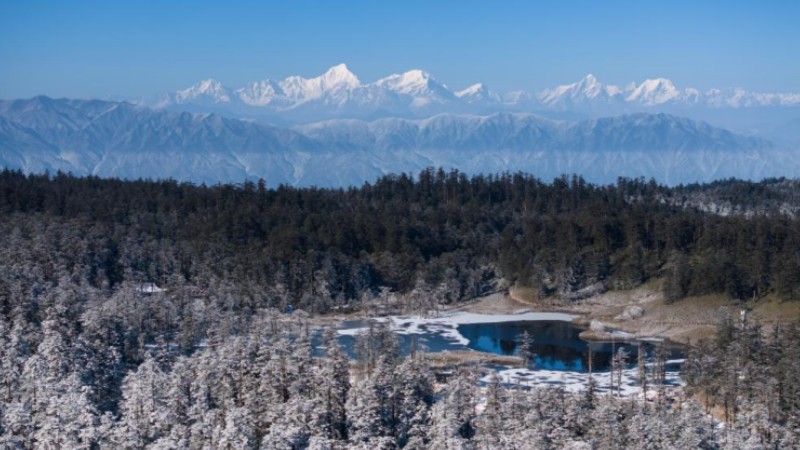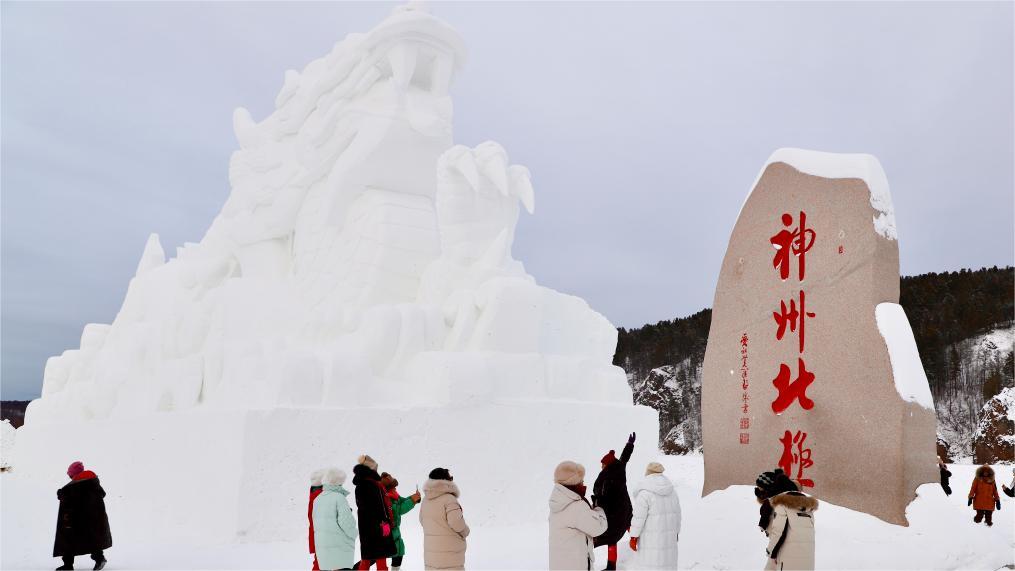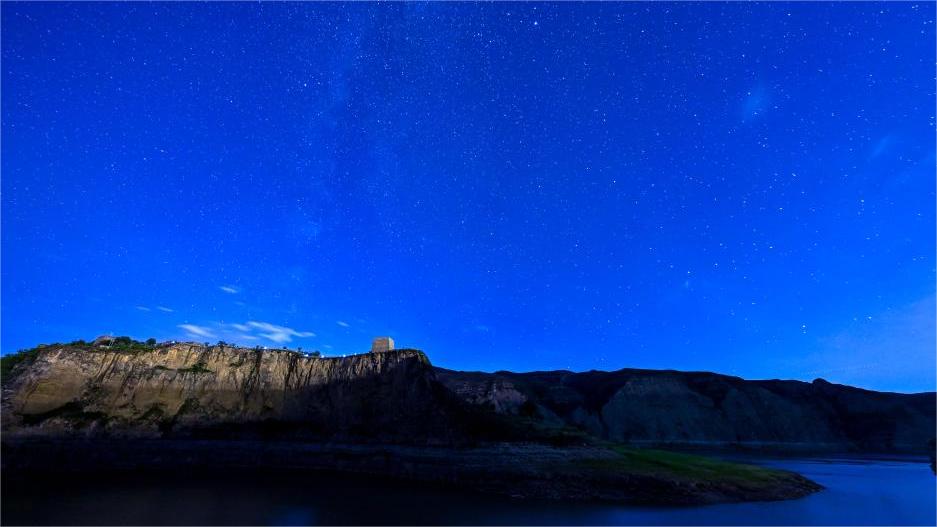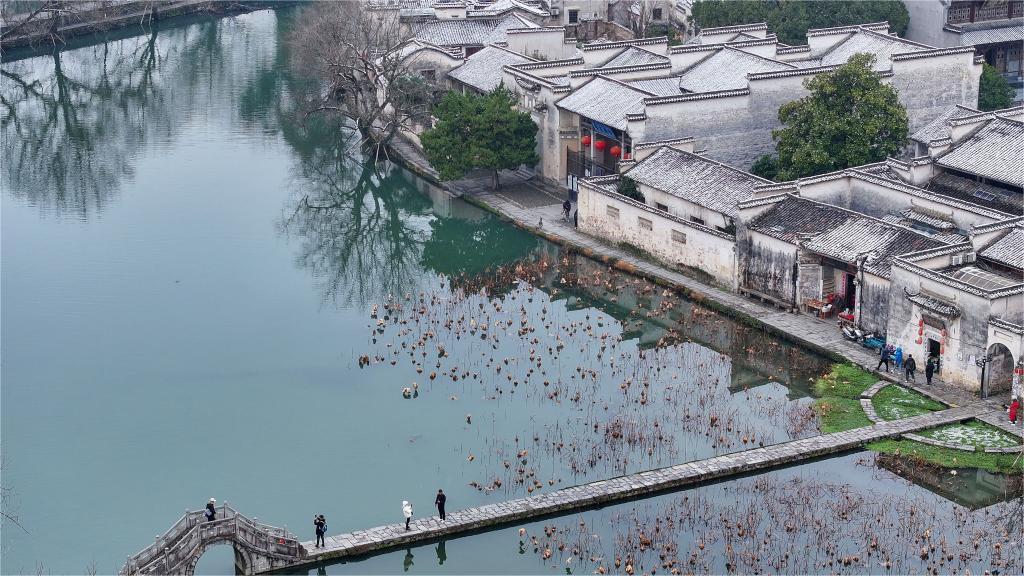In pics: flowing ice on Yellow River in NW China

This aerial photo taken on Dec. 24, 2023 shows the flowing ice on the Yellow River in northwest China's Ningxia Hui Autonomous Region. The flows are a common occurrence on the Yellow River when changing temperatures cause freezes and thaws. The 5,464-km-long Yellow River is the second longest river in China. It originates from the Qinghai-Tibet Plateau and runs through the Loess Plateau. (Xinhua/Wang Peng)

This aerial photo taken on Dec. 24, 2023 shows the flowing ice on the Yellow River in northwest China's Ningxia Hui Autonomous Region. The flows are a common occurrence on the Yellow River when changing temperatures cause freezes and thaws. The 5,464-km-long Yellow River is the second longest river in China. It originates from the Qinghai-Tibet Plateau and runs through the Loess Plateau. (Xinhua/Wang Peng)

This aerial photo taken on Dec. 24, 2023 shows the flowing ice on the Yellow River in northwest China's Ningxia Hui Autonomous Region. The flows are a common occurrence on the Yellow River when changing temperatures cause freezes and thaws. The 5,464-km-long Yellow River is the second longest river in China. It originates from the Qinghai-Tibet Plateau and runs through the Loess Plateau. (Xinhua/Wang Peng)

This aerial photo taken on Dec. 24, 2023 shows the flowing ice on the Yellow River in northwest China's Ningxia Hui Autonomous Region. The flows are a common occurrence on the Yellow River when changing temperatures cause freezes and thaws. The 5,464-km-long Yellow River is the second longest river in China. It originates from the Qinghai-Tibet Plateau and runs through the Loess Plateau. (Xinhua/Wang Peng)
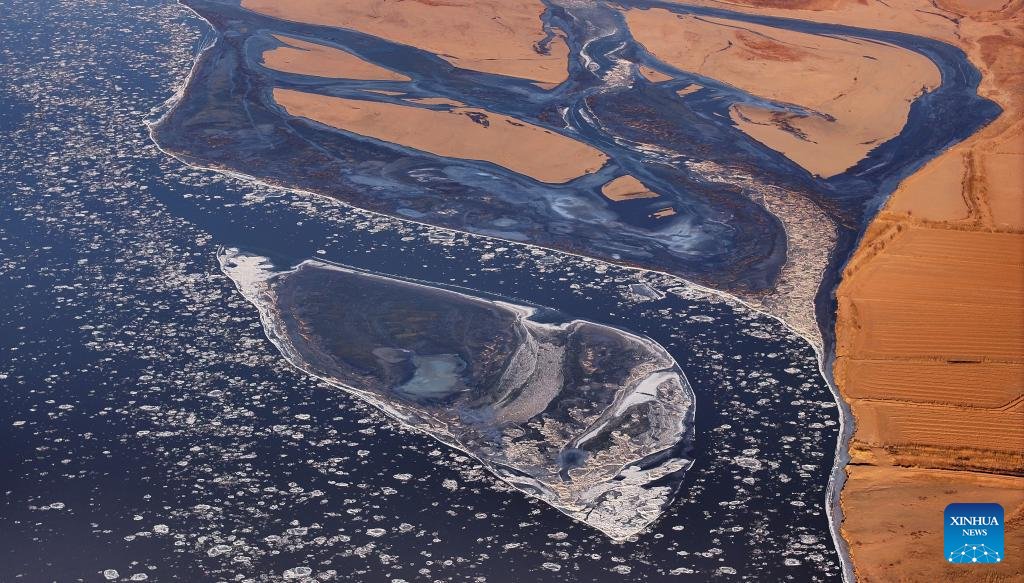
This aerial photo taken on Dec. 24, 2023 shows the flowing ice on the Yellow River in northwest China's Ningxia Hui Autonomous Region. The flows are a common occurrence on the Yellow River when changing temperatures cause freezes and thaws. The 5,464-km-long Yellow River is the second longest river in China. It originates from the Qinghai-Tibet Plateau and runs through the Loess Plateau. (Xinhua/Wang Peng)
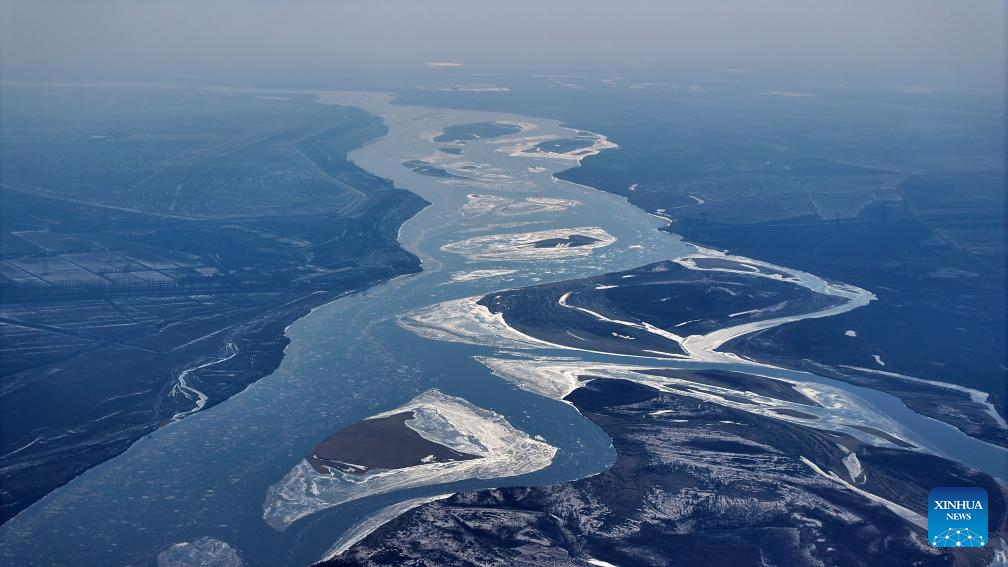
This aerial photo taken on Dec. 24, 2023 shows the flowing ice on the Yellow River in northwest China's Ningxia Hui Autonomous Region. The flows are a common occurrence on the Yellow River when changing temperatures cause freezes and thaws. The 5,464-km-long Yellow River is the second longest river in China. It originates from the Qinghai-Tibet Plateau and runs through the Loess Plateau. (Xinhua/Wang Peng)
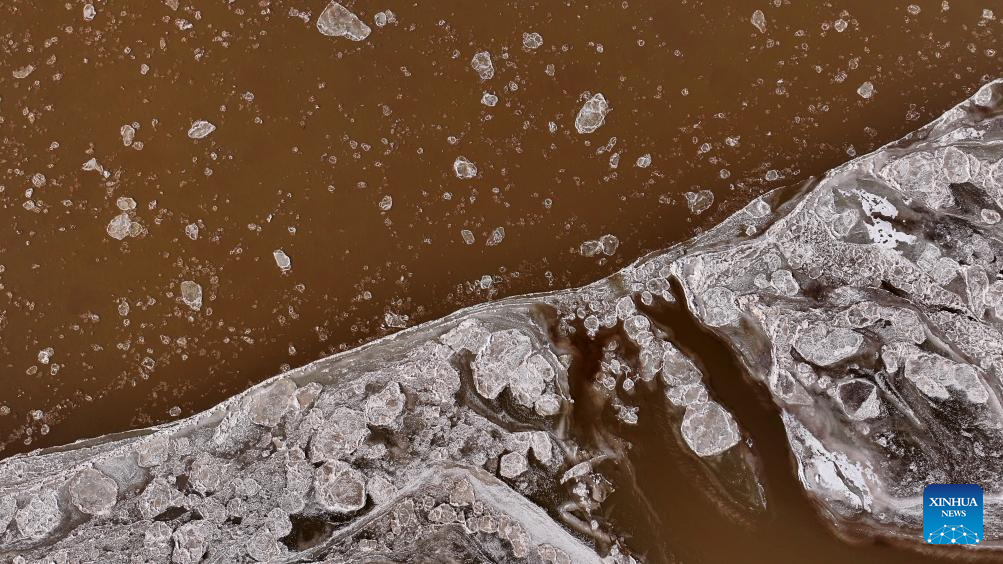
This aerial photo taken on Dec. 24, 2023 shows the flowing ice on the Yellow River in northwest China's Ningxia Hui Autonomous Region. The flows are a common occurrence on the Yellow River when changing temperatures cause freezes and thaws. The 5,464-km-long Yellow River is the second longest river in China. It originates from the Qinghai-Tibet Plateau and runs through the Loess Plateau. (Xinhua/Wang Peng)
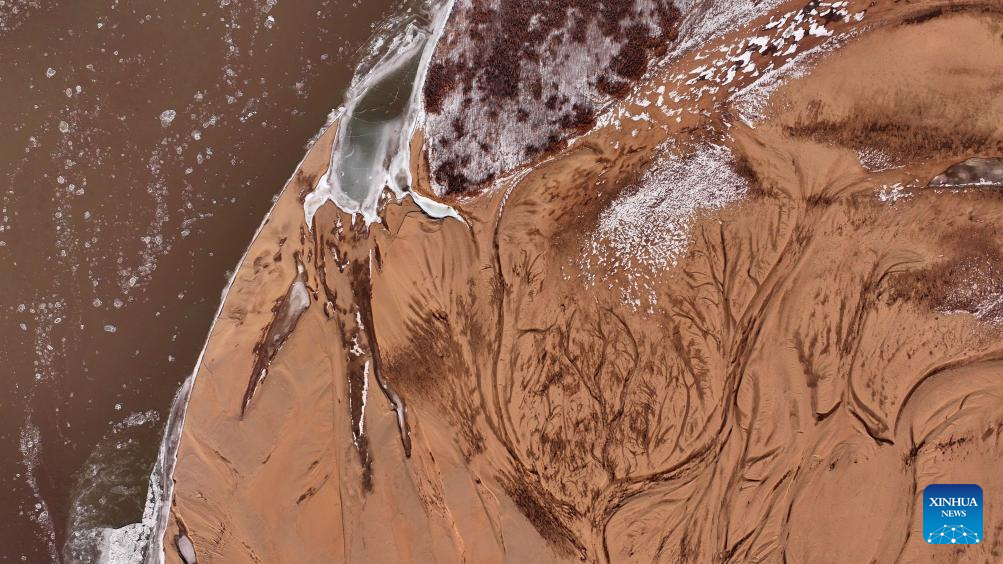
This aerial photo taken on Dec. 24, 2023 shows the flowing ice on the Yellow River in northwest China's Ningxia Hui Autonomous Region. The flows are a common occurrence on the Yellow River when changing temperatures cause freezes and thaws. The 5,464-km-long Yellow River is the second longest river in China. It originates from the Qinghai-Tibet Plateau and runs through the Loess Plateau. (Xinhua/Wang Peng)

This aerial photo taken on Dec. 24, 2023 shows the flowing ice on the Yellow River in northwest China's Ningxia Hui Autonomous Region. The flows are a common occurrence on the Yellow River when changing temperatures cause freezes and thaws. The 5,464-km-long Yellow River is the second longest river in China. It originates from the Qinghai-Tibet Plateau and runs through the Loess Plateau. (Xinhua/Wang Peng)

This aerial photo taken on Dec. 24, 2023 shows the flowing ice on the Yellow River in northwest China's Ningxia Hui Autonomous Region. The flows are a common occurrence on the Yellow River when changing temperatures cause freezes and thaws. The 5,464-km-long Yellow River is the second longest river in China. It originates from the Qinghai-Tibet Plateau and runs through the Loess Plateau. (Xinhua/Wang Peng)
Photos
Related Stories
- Laoniuwan Town supports tourism industry by developing entertainment projects in N China
- Flowing ice on Yellow River seen in east China's Shandong
- Growing seagrass in Yellow River estuary restoration bid
- In pics: pottery Xuns made of materials sourced from Yellow River
- Meet Gao Ruyi, "Swan Dad" of the Yellow River
Copyright © 2023 People's Daily Online. All Rights Reserved.






